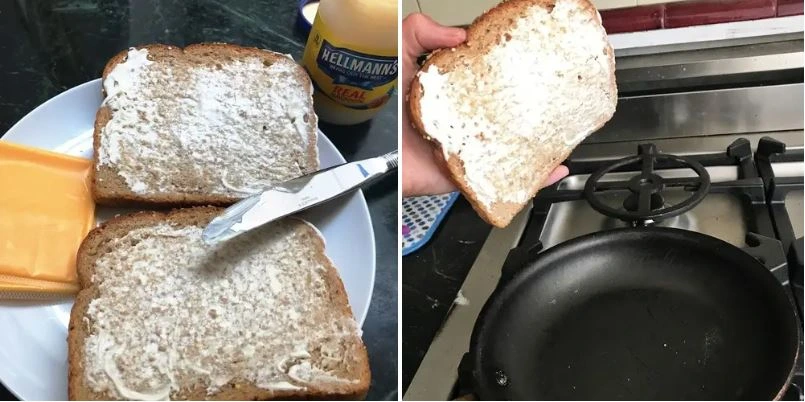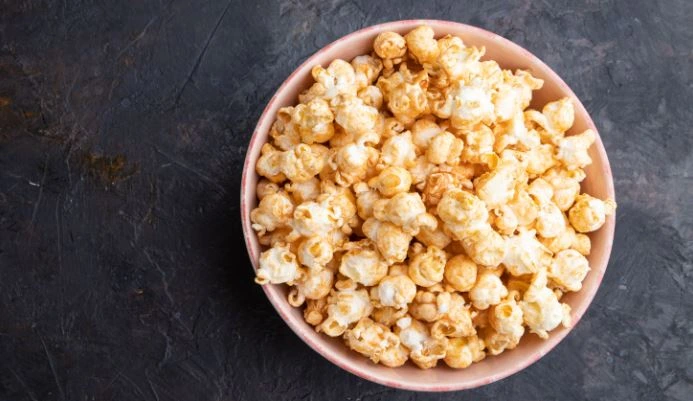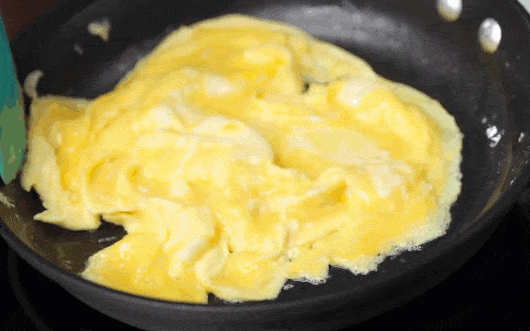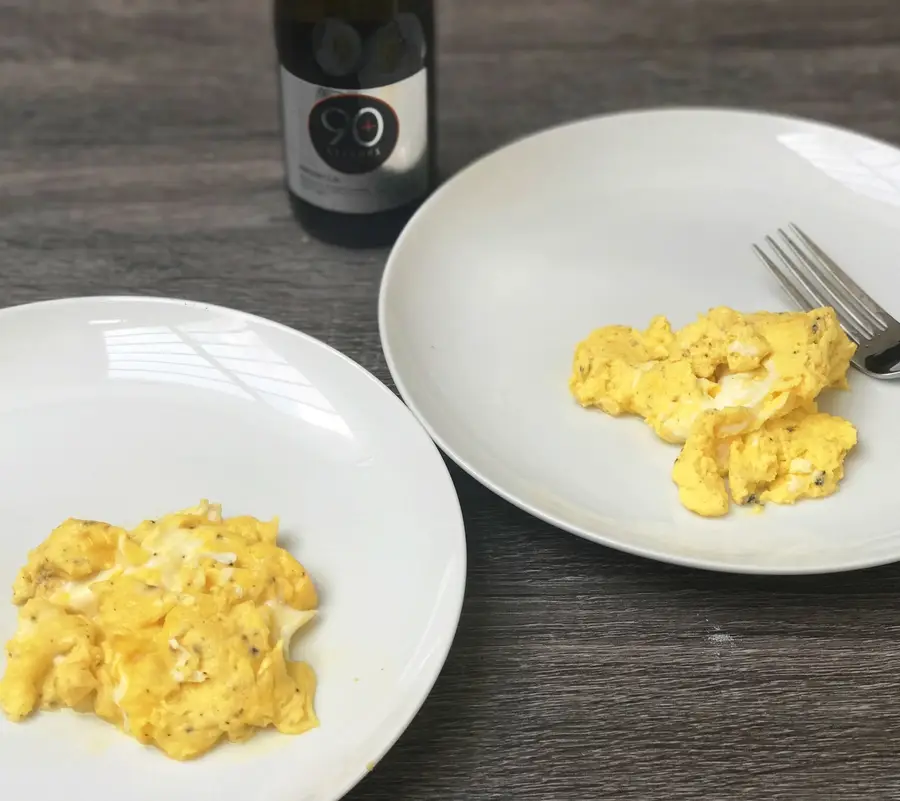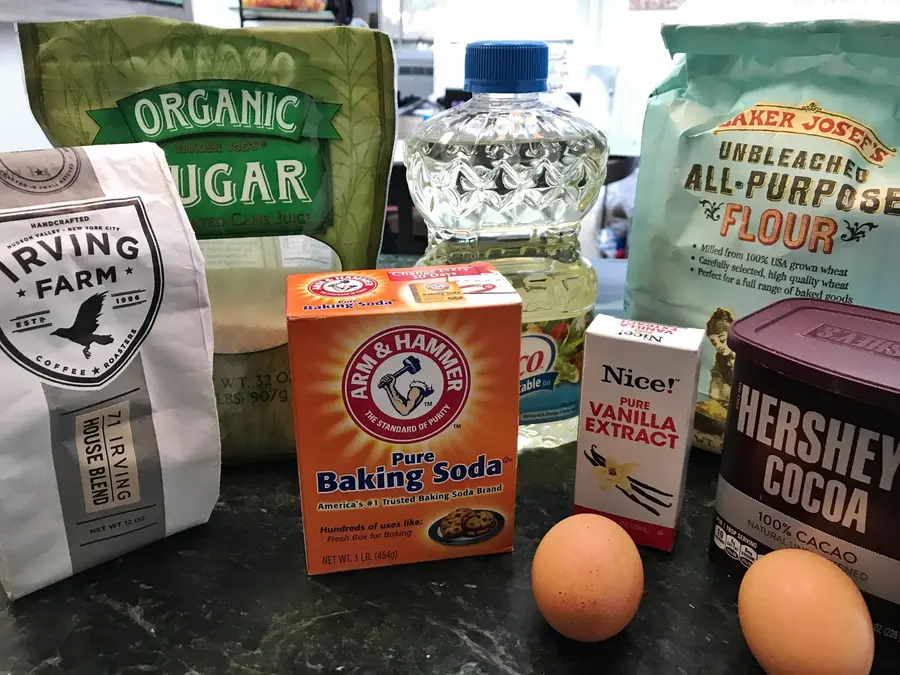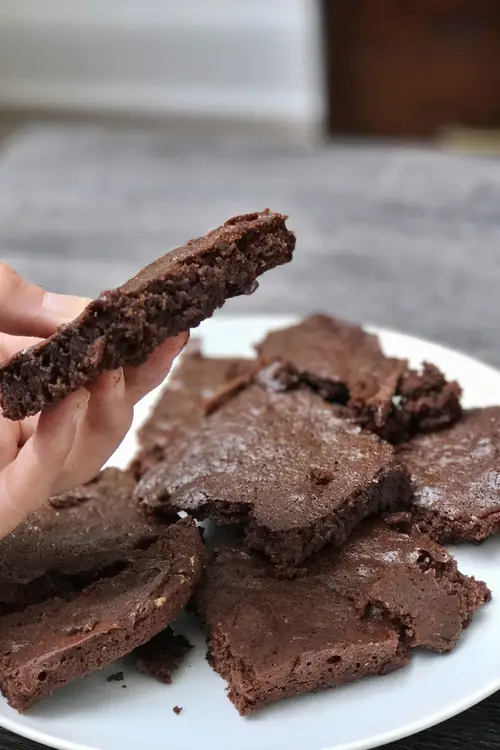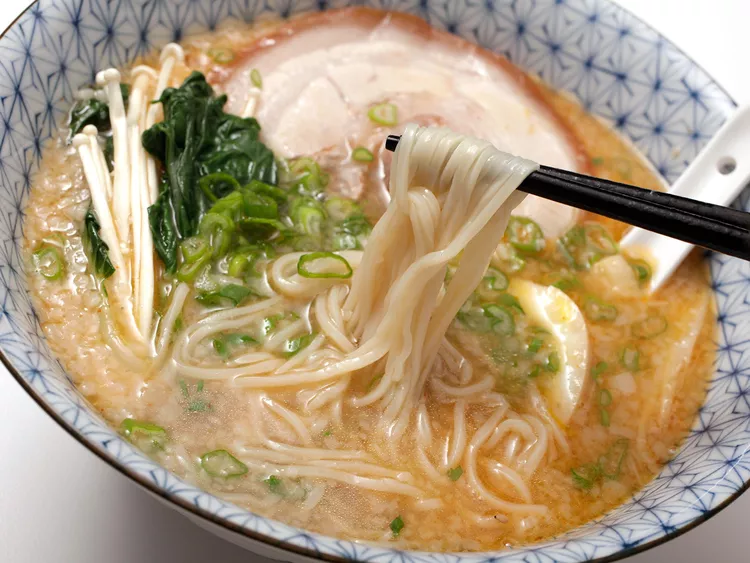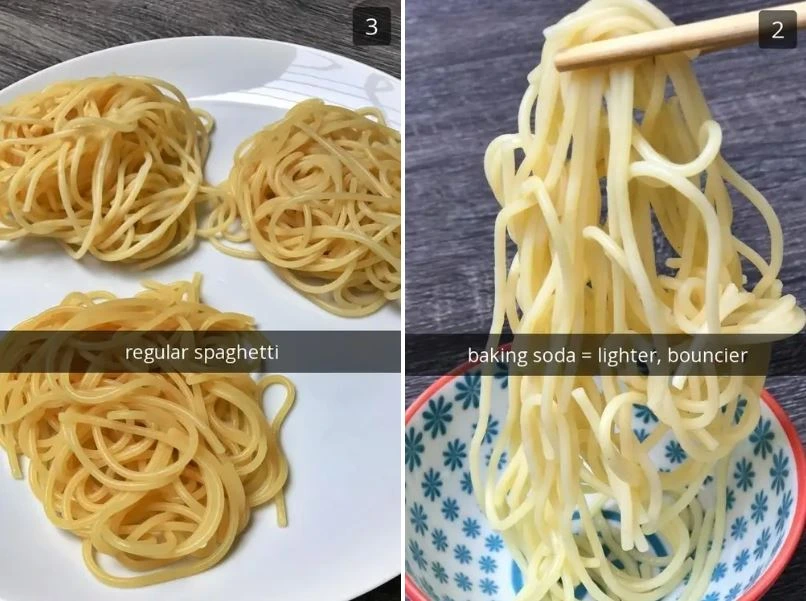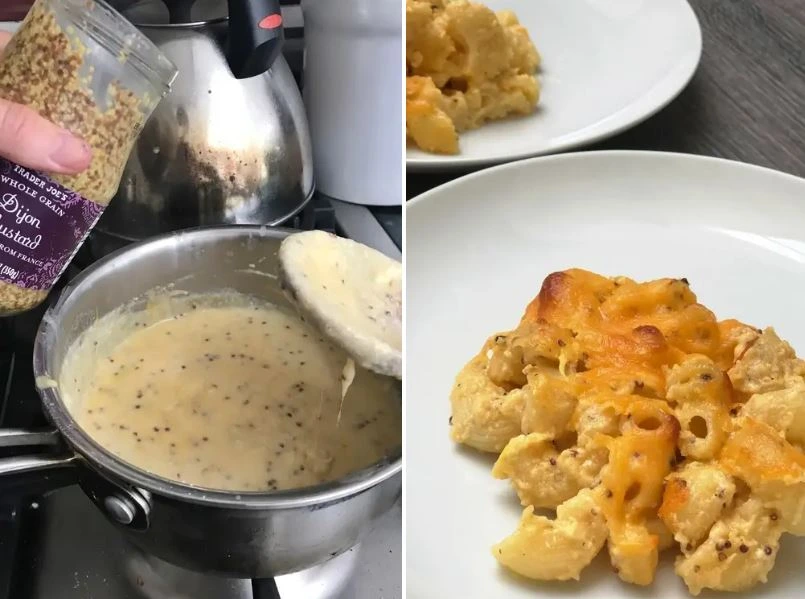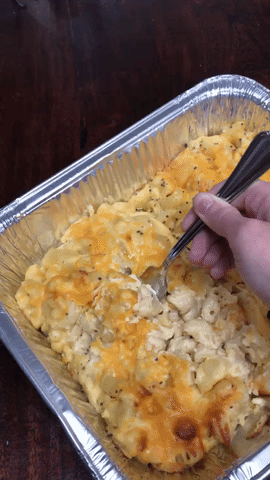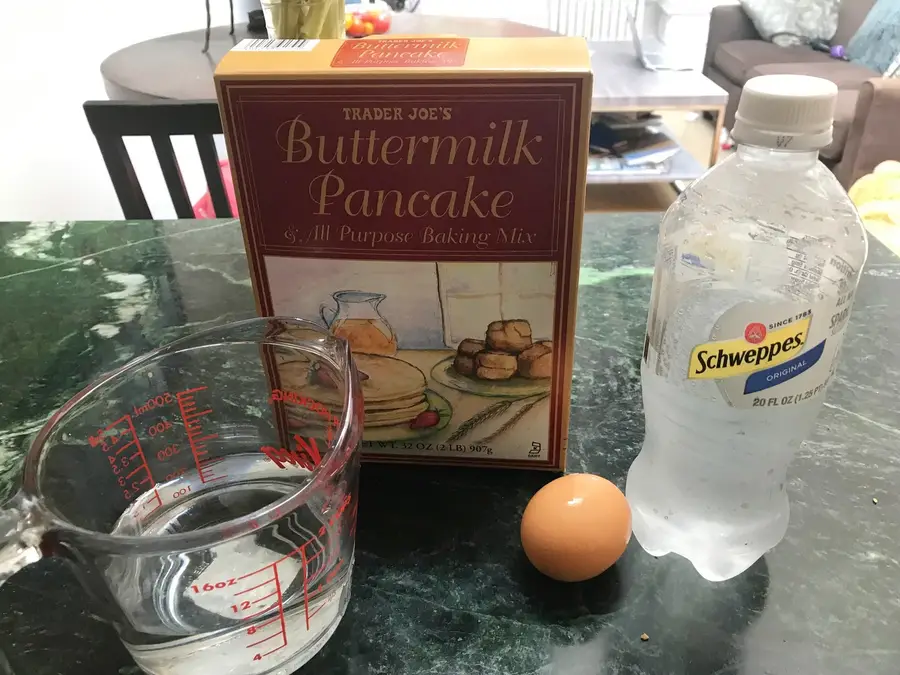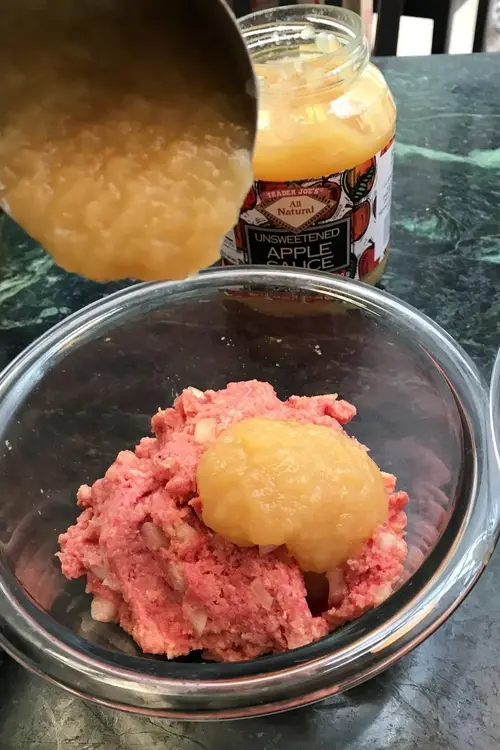
Recipe Hack – There are a ton of ~secret ingredient~ hacks out there, all of which promise to boost flavors and upgrade favorites. Some seemed promising, others intriguing, and a few just sounded totally far out.
So I decided to round up eight one-ingredient “flavor boosters” that I’d read about — and test them to see which ones were actually legit. Here’s how they went.
Recipe hack #1: Cook grilled cheese with mayonnaise for the crispiest sandwich ever.
The idea: Everyone has heard of making grilled cheese with butter. But the buzz on Pinterest is that frying grilled cheese in mayo makes the bread crispier and more delicious. Even Martha Stewart swears by this trick.
Did it work? Oh my cheezy, yes.
The result: I made two grilled cheese sandwiches side by side. On one, I pan-fried the bread in butter as you normally would. On the other, I spread mayo on both slices of bread. I placed one slice of bread mayo-side down on a skillet, topped it with American cheese, then added the second slice of bread mayo-side up (so it would fry when I flipped the sandwich). I gave both sandwiches to my trusted recipe tester, Hudson the Cavapoo (pictured above), who has a very good taste and a sophisticated palate. TBH, he liked both equally. In my human opinion, though, the mayo sandwich stole the show. You couldn’t taste the mayo AT ALL, so even mayo-haters should give this recipe a try. The bread with the mayo was more golden brown and crispy than the bread with butter and it was delightfully greasy. The cheese was also gooey and melted to perfection.
Recipe hack #2: Add soy sauce to popcorn butter to make it even better.
The idea: Everyone knows butter on popcorn is delicious. (Right? Right.) But supposedly adding some soy sauce to popcorn butter makes for a next-level popcorn topper. According to several sites, like Food52, the addition of salty soy sauce to creamy butter brings out the savory, cheesy, and nutty flavors in popcorn.
Did it work? OMG yes.
The results: For this particular assignment, I decided to call in a seasoned expert: my boyfriend, Zack. Zack is a popcorn fiend. As proof, he owns a fancy air popper and his very own popcorn bowl (pictured above). No exaggeration, he makes popcorn every single night. I served him two bowls of popcorn. One was topped with just butter, and the other had the butter and soy sauce mix. I didn’t need to ask for his opinion because he quickly devoured the soy sauce–flavored bowl before eating two kernels of the plain buttered popcorn. Luckily, he was kind enough to save me a bite, so I can attest to the fact that it was really very delicious. Between the nutty popcorn, the rich butter, and the umami soy sauce, it was the perfect combination of flavors. When I asked Zack his thoughts, he told me he will probably only make popcorn with soy sauce for the rest of the time.
Recipe hack #3: Add sparkling wine to scrambled eggs to make them super fluffy.
The idea: If there is one food people love to hack, it’s scrambled eggs. In fact, I’ve been told to try everything from cream and orange juice to bacon grease and seltzer. But perhaps the strangest flavor booster I came across on several blogs was sparkling wine. According to the reviews, a little dash of prosecco or champagne in your morning scramble can make the eggs extra fluffy. I had to give this recipe a try because the payoff (namely, delicious eggs and mimosas) would be huge.
Did it work? No 🙁
The results: I mixed one batch of eggs with water. Then I cracked another batch with a drizzle of brut prosecco. I scrambled the eggs on the stove with a little butter, and then I garnished them with salt and pepper. The eggs with sparkling wine weren’t offensive, but they weren’t good either. While they were fluffy with tiny air pockets in them, they also had a weird sweet flavor that was definitely not desirable in my morning breakfast. All in all? Wine and eggs don’t mix…unless you’re talking about mimosas.
Recipe hack #4: Add coffee to brownie batter to enhance the taste of the chocolate.
The idea: I always thought baking brownies was a relatively simple affair. For a novice baker like me who often opts for the boxed stuff, I never put too much thought into it. But websites like Bon Appétit and The Kitchn both mention how adding a pour of brewed coffee to brownie batter takes the dessert to the next level.
Did it work? You bet.
The result: I was pleasantly surprised by these brownies. I love the taste of coffee, but I was worried that these brownies would have a mocha flavor that would overpower the chocolate. They actually tasted awesome and were a perfect consistency. They were dense and moist, and while certainly chocolaty, they weren’t the kind of brownies that taste so rich you can barely finish even one. As Ina Garten told Epicurious, “If you add coffee to chocolate, it gives it a depth of flavor. … You know the chocolate tastes better, but you don’t really know that [it’s] there.” I strongly agree with the Barefoot Contessa here.
Recipe hack #5: Boil spaghetti in water + baking soda to give it a ramen-like texture.
The idea: I am a huge ramen fan — especially the kind you order in a restaurant, drowning in soy sauce and chicken broth and garnished with soft egg and bok choy. So I was intrigued by a few articles I read that claimed you can magically turn your run-of-the-mill spaghetti into bouncy, cloying noodles that make for an A+ bowl of homemade ramen.
Did it work? ¯\_(ツ)_/¯
The results: I read about two different methods for giving spaghetti more of a ramen-like texture — or as Serious Eats describes it, “yellower noodles with a springier bite and just a hint of that mineral flavor.” Some say to add the baking soda to the water before boiling, while others say to boil the water first, then add the baking soda and the pasta. But TBH, neither method really worked, though the latter method — adding baking soda to boiling water — worked slightly better. I made a batch of spaghetti the usual way in order to compare. The noodles cooked in baking soda were slightly darker, and definitely more springy, and they cloyed together as ramen noodles would, but I couldn’t really detect any difference in taste.
Recipe hack #6: Add mustard to mac ‘n’ cheese to balance out the flavors perfectly.
The idea: It’s difficult to make bad mac ‘n’ cheese (macaroni + butter + flour + cheese = everything that’s good in this world). But if you ask me, making exceptional mac ‘n’ cheese is a form of art. So what separates my dish from, say, Ree Drummond’s? Apparently, the answer is mustard. I read tons of different recipes that all incorporate some sort of mustard, whether it be dry, yellow, or Dijon. As an article from Food Republic explains, creamy foods taste better when they’re cut with something acidic. So adding mustard to mac ‘n’ cheese cuts the heavier ingredients and creates a balanced flavor, “not unlike the pickles or ketchup do on your cheeseburger.”
Did it work? I’m still drooling.
The result: I started making mac ‘n’ cheese as you would, combining flour, butter, whole milk, and eggs on the stove. But I split my mac ‘n’ cheese sauce into two pots, adding two heaping tablespoons of Dijon mustard to one. Then I added the cheese, salt, pepper, and cooked macaroni. I topped both bowls with more cheddar cheese, then transferred them to the oven. Once it was nice and crispy on top and bubbling with delicious cheese, I removed it from the oven and eagerly plunged my fork into it. While the original mac ‘n’ cheese was very tasty, the mustard version was the superstar. This version was still super creamy and rich, but it had a little bit of a kick and complexity to balance out the dish. The sharp flavor of the mustard even enhanced the cheesiness of the cheddar. Mac ‘n’ cheese game: changed.
Recipe hack #7: Put seltzer in pancake batter to make lighter, fluffier pancakes.
The idea: Most pancake mix calls for water (or milk), and eggs. But sites like Epicurious and Real Simple say that swapping out a portion of the tap water for carbonated water makes for super-light and airy pancakes. As Epicurious explains, seltzer is often used in tempura batter because it’s so airy: “When you add seltzer into pancake mix, tiny bubbles of air are infused into the batter and expand when heated.”
Did it work? Meh.
The results: I made two stacks of pancakes, both using the same buttermilk pancake batter from Trader Joe’s. In one bowl I used tap water, and in the other I used seltzer. I also added some chocolate chips, because IMO the only pancakes worth talking about contain chocolate. But did the seltzer work? It was tough to tell. For starters, both stacks of pancakes were super fluffy, moist, and delicious (another win for Trader Joe’s). The batch that I made using seltzer water may have been ever-so-slightly more airy, but the pancakes certainly tasted richer. I didn’t need a knife to slice this stack perfectly down the middle, and they literally melted in my mouth. I’d be super curious to try this trick again with a different pancake mix or even with waffle batter.
Recipe hack #8: Make meatballs with applesauce so they come out extra moist.
The idea: Everyone has their own recipe for the best meatballs in the world, and everyone has that one ingredient that makes it extra special. But one common “secret” ingredient I saw floating around online was unsweetened applesauce. It seems to often be a Southern-inspired recipe, and bloggers say how adding applesauce to their traditional recipe makes the final meatballs more moist and delicious.
Did it work? Yes, but…
I started with a basic recipe for Italian meatballs with ground beef, garlic, onion, bread crumbs, eggs, and Worcestershire sauce. I split the beef mixture into two bowls, and in one of the bowls I added 3/4 cup unsweetened applesauce. After baking the meatballs, I did a side-by-side comparison. Meatball purists would probably prefer the classic version. The meatballs made with applesauce were slightly more moist and noticeably lighter both in texture and taste. They had a hint of sweetness, but it wasn’t overpowering or off-putting. They actually tasted more like turkey meatballs than beef meatballs, IMO, which I enjoyed.

